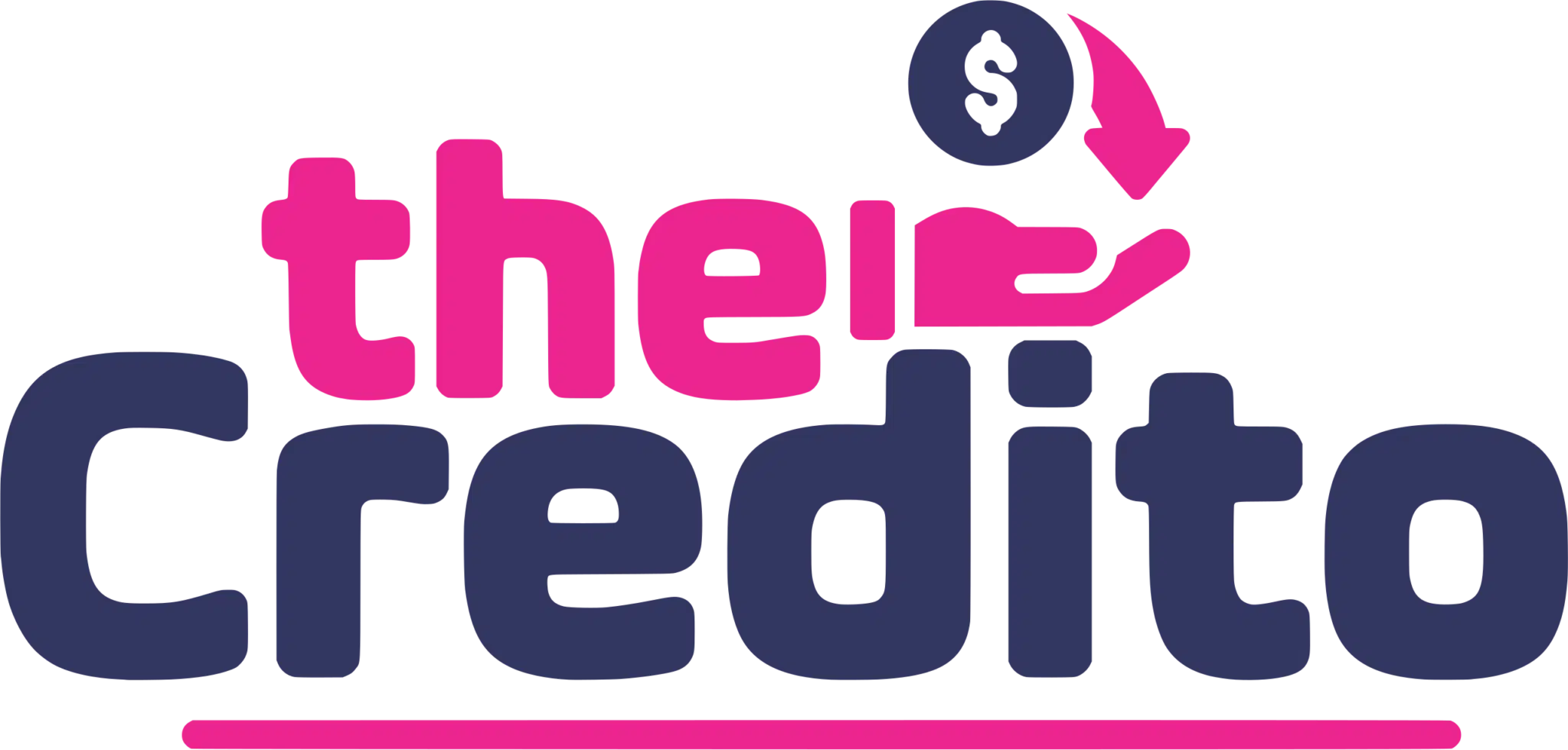Investing for your children’s education in the US is an essential financial goal that many parents strive to achieve. With rising tuition costs and the increasing demand for higher education, planning ahead is crucial. One popular method is opening a 529 account, but there are other alternatives worth considering as well.
In this blog post, we will explore different ways to save for your children’s education in the US. We’ll delve into 529 plans in detail and examine some other financial options that could help you secure your child’s academic future. Your children’s education is a significant investment in their future, so let’s explore the best ways to approach this.
Understanding 529 accounts

529 accounts, also known as qualified tuition plans, are state-sponsored savings plans that offer tax advantages and flexibility for educational expenses. These plans come in two forms: prepaid tuition plans and college savings plans. The prepaid tuition plans allow you to pay for future tuition at today’s rates, while college savings plans let you invest in a range of financial products.
One of the key benefits of these accounts is their tax advantages. Contributions are made with after-tax dollars, but the earnings grow tax-free, and withdrawals used for qualified education expenses are also tax-free. This can result in significant savings over time, making these accounts extremely popular among parents.
Advantages of 529 plans
One of the primary advantages of 529 plans is their tax-advantaged growth. While contributions are not federally tax-deductible, the earnings and withdrawals are tax-free if used for qualified educational expenses. This can translate to substantial savings over the long term.
Another benefit is the high contribution limits. Unlike other tax-advantaged accounts like Roth IRAs, 529 plans allow for much higher annual contribution limits, making it possible for parents to save significantly over time. Some plans even permit lump-sum contributions to optimize their tax advantages further.
Drawbacks to consider
While 529 plans offer numerous benefits, they are not without drawbacks. For one, the funds must be used for qualified educational expenses. If the money is withdrawn for non-qualifying expenses, you may face taxes and a 10% penalty on the earnings.
Another consideration is that investment choices are often limited. While most states offer a variety of portfolios, your selection is still confined to the options provided within the plan. This could limit your ability to diversify or choose specific investment products.
Exploring other options
While 529 plans are a popular choice, there are other methods to consider for saving for your child’s education. Each option comes with its own set of benefits and drawbacks, so it’s important to find what suits your financial situation best.
For instance, Coverdell Education Savings Accounts (ESAs) are another tax-advantaged option worth exploring. Though they have lower contribution limits, they can still provide significant tax savings if used effectively.
Coverdell education savings accounts
Coverdell ESAs offer another tax-advantaged way to save for educational expenses. Unlike 529 plans, ESAs allow for a broader range of educational expenses, including K-12 schooling. Contributions are made with after-tax dollars, but the earnings grow tax-free, and withdrawals used for educational purposes are also tax-free.
However, ESAs come with lower annual contribution limits, capped at $2,000 per beneficiary. This makes them less suitable for saving large sums over time, but they can still be a valuable addition to your education savings strategy.
Traditional savings and investment accounts
Traditional savings accounts and brokerage accounts offer perhaps the greatest flexibility for saving money. These options do not come with the same tax advantages as 529 plans or ESAs, but they provide unrestricted access to your funds. One benefit is the ability to use the money for any purpose, not just educational expenses.
This can be useful if your child’s educational plans change, or if you encounter other financial needs. However, it’s important to be mindful of investment risks and potential taxation on earnings, which can diminish your overall savings. Diversifying your investments and consulting with a financial advisor can help you manage these risks effectively.
Ultimately, ensuring your child’s educational future requires careful planning and consideration of various savings options. Whether you choose a 529 plan, a Coverdell ESA, or a traditional savings account, the most important thing is to start saving early and contribute regularly. This will give your child the financial foundation they need for a successful academic journey.

